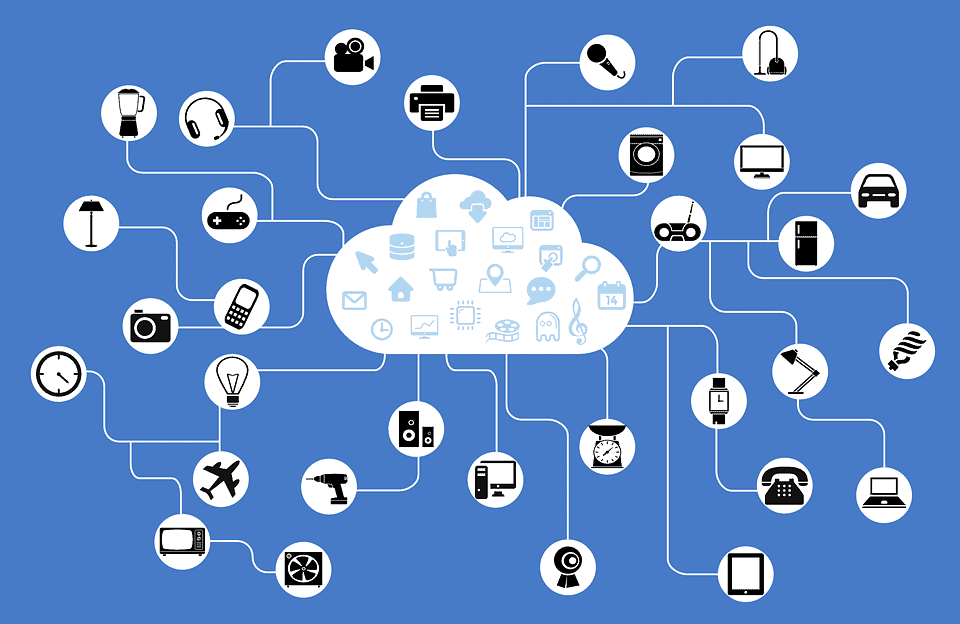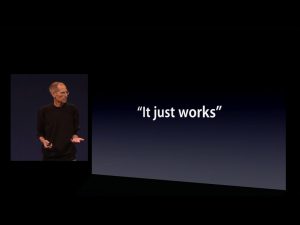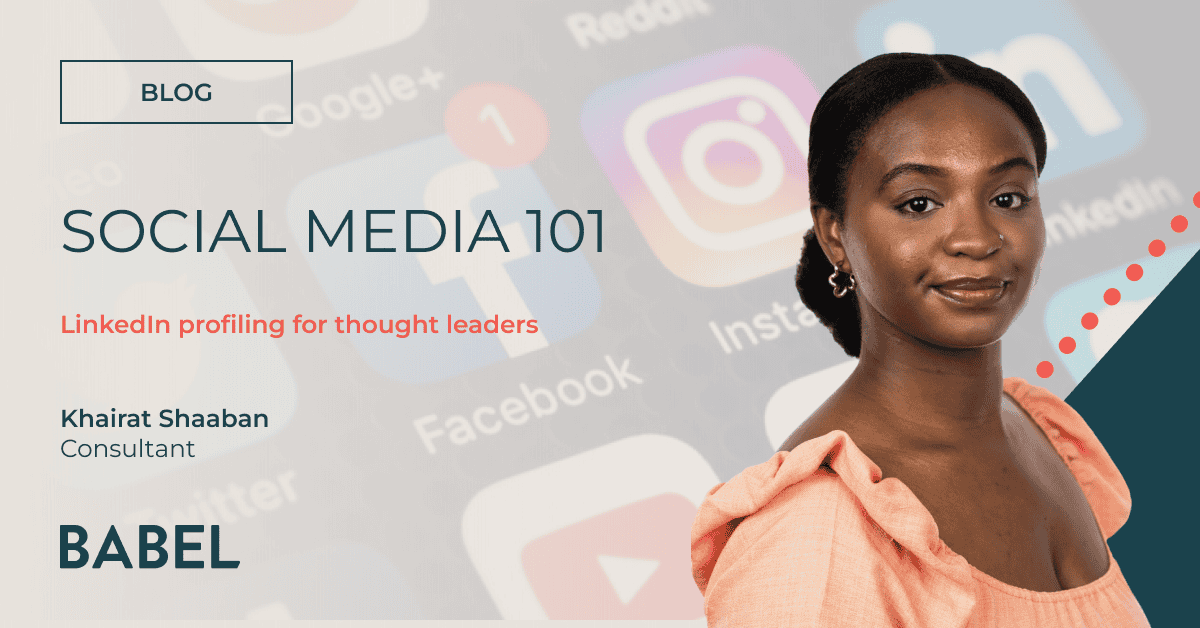
Tackling the bottleneck in IoT
The future is here. In theory.
The digitalisation of almost every aspect of our lives means that an IoT future, where all people, devices and services are connected, is inevitable. Promises of smart living, money saving, energy efficiency – and let’s face it, some pretty cool gadgets – have been pushed to consumers through glossy ads and product launches with great interest.
We would appear to be on the cusp of a technical revolution similar only in scale to electricity’s impact on society in the 19th century. Yet in reality, we are not even close. This is because of the critical bottleneck which exists between ‘dumb’ devices and the universal standards and connectivity required to facilitate an IoT future.
IoT technology already plays a significant role in my life. If I’m in the office when someone delivers a parcel to my house, for example, my smart doorbell notifies me and allows me – via my smartphone – to see and chat with the person on my doorstep. Among its many functions my phone also acts as a light switch for the rooms in my house, and as a chef for controlling my smart rice cooker. As a self-confessed IoT geek, I am perhaps atypical of the consumer public as a whole. For IoT to become a part of everyone’s life, and for this connected future to become reality, a perfect storm of factors are needed.
Technology
From sensors to controllers to gadgets, the hardware which allows information to be used in a meaningful way is already here. We’ve seen fantastic input technology from the likes of Amazon’s Alexa, Apple’s Siri and Samsung’s Bixby. We have great low-energy Bluetooth technology, secure radio frequency and even legacy infrared connectivity which support communication between devices.
Purpose
For the IoT to really take off, purpose must be well-defined and genuine end-user benefits made clear. My smart rice cooker may have been an indulgence, but my smart doorbell means I never miss a delivery and also ups my home security. Smart energy meters can offer improvements and cost savings to daily life. This evolution from IoT as novelty to utility is not yet complete though. Improvements still need to be made for the tech to really catch on. Just look at the story of how Alexa ordered one family a $170 doll house and 4lbs of cookies.
Cost
For the IoT to flourish, the technology needs to be accessible to the mass market which means one thing: affordability. A full-on home automation system combining smart lighting, passive infra-red (PIR) sensors and intruder alarms are still too expensive for most. However, like buying a meal at a restaurant vs sourcing the same ingredients from a supermarket, anyone can cook . A smart light bulb costs upwards of £25, yet using existing light bulbs with $10 smart light switches from China means consumers can still enjoy cost savings for a lower initial investment. Note that we’re talking IoT and utilities here, rather than gimmicky gadgets; demand is created when a product serves a genuine purpose. Trust the market to scale production and the costs will tumble.
The bottleneck
I’ve outlined the factors which are needed for widespread adoption of the IoT. It is now time to turn to that critical bottleneck which threatens the IoT future. Companies may be delivering those promises I highlighted earlier, but these are too often delivered to consumers in isolation. There is little in the way of interconnectivity between devices, systems and apps, which causes inconvenience for the user and a barrier to progression. The current lack of industry standards means we are effectively still operating in a Wild West era of IoT. Barriers between brands and systems are creating data siloes.
Take my smart doorbell for instance: it’s great being alerted by the app when someone is at my door. However, the poor integration between my phone’s OS and the app means that acting on this alert is a clunky process. If the doorbell app were linked with my smart light bulbs I could activate these if an unknown caller arrives, increasing my home security. As it stands, these systems operate in isolation. The tech isn’t utilised to its full potential and processes are complicated for the user.
Instead, the IoT should be seamless, with device-agnostic apps and systems which can be easily linked into and removed from, the ecosystem. If the IoT future is to be realised, the technology should be as ubiquitous as email, easily accessible regardless of device or operating system, and easily integrated and updated. Just like Apple’s mantra, the goal for anyone involved in delivering the IoT future should be that ‘it just works.’






